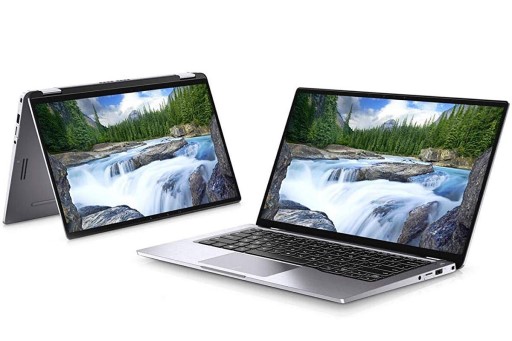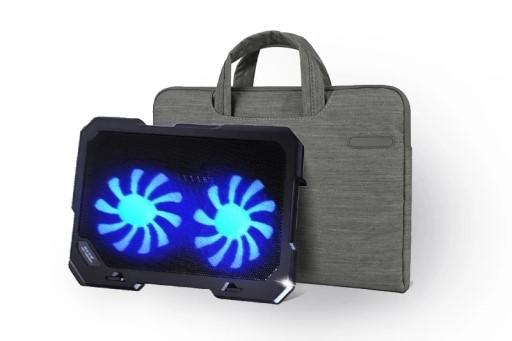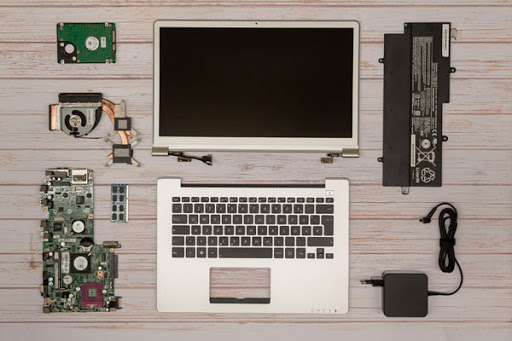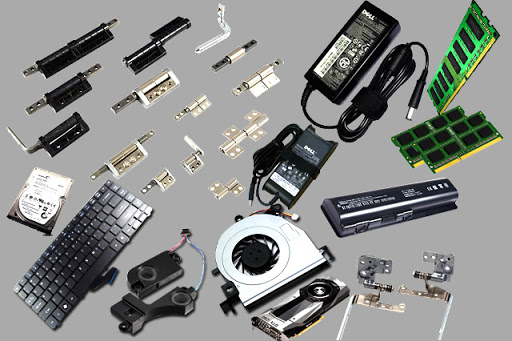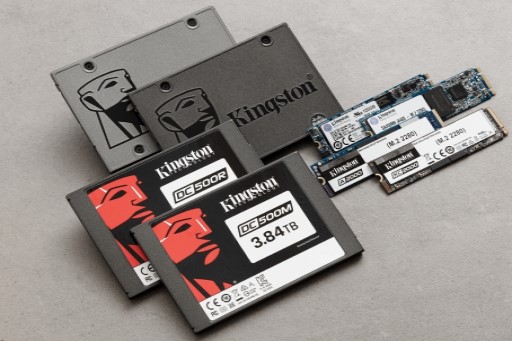The cooling of the CPU(Central Processing Unit), otherwise referred to as “The Chip” or to laymen “The Brain” of the laptop is a dilemma that most manufacturers have to face when designing a laptop enclosure (casing) and choosing the correct CPU for it. The cooling is normally performed by a fan and some kind of metal conductor like copper or aluminum called a heat sink. The CPU, and lately the GPU(Graphics Processing Unit), are “connected” to the metal heat sink via a thermal grease or compound. This grease conducts heat but not electricity. The “trick” for manufacturers is to get rid of as much heat as possible using as small a fan and heat sink as the CPU will allow. Vents are also cut into the casing allowing the fan to suck cool air from the bottom, force it over the heat sink and blow it out the side or rear thus cooling the CPU and GPU. In more modern times copper is being used as the conducting metal, liquid is “pumped” through the system and radiators and exhaust ports are used just like in motor vehicles. All this to get rid of the heat and make the system run faster.
The problem is that over time dust and other particles clog the vents, fan and exhaust port or radiator of the system thus restricting air flow and cooling. This is fixed relatively easily by blowing out the vents and fan with air or using a brush or earbud (Q-tip) to clean away the dust. Remember: In the computer world – DUST DESTROYS! There is however another hidden problem that occurs when computers (laptops) heat up or overheat. They tend to dry out the thermal compound that conducts the heat thus causing the system to overheat more quickly. Luckily most CPUs, GPUs and chip manufacturers have built in protection for this. They step down the operating speed bit by bit until they eventually switch off the CPU and thus the system shuts down. So if you have a computer system that starts working slower and slower and then switches off for no apparent reason, overheating could be your problem.

